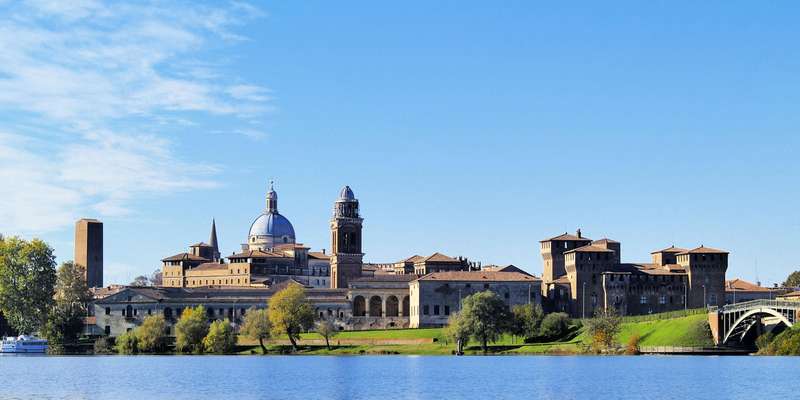- Home
- Useful Tips
- Mantua's best areas for antique shopping
Mantua's labyrinthine streets hold some of Italy's most remarkable antique treasures, yet most visitors leave empty-handed. The challenge isn't scarcity - this UNESCO-listed city overflows with historic artifacts - but knowing where to look. Over 60% of first-time antique buyers here report feeling overwhelmed by the mix of authentic dealers and tourist traps. The frustration is palpable when you've traveled thousands of miles only to second-guess every purchase or miss the truly special pieces hidden in plain sight. Local collectors guard their favorite spots closely, leaving casual shoppers to navigate crowded piazzas and overpriced storefronts. This guide cuts through the confusion with neighborhood-specific strategies for finding genuine 18th-century Venetian mirrors, Renaissance-era furniture, and other unique finds that tell Mantua's story.


Decoding Mantua's antique districts – which areas deliver authentic finds
The historic center's Piazza Erbe might draw the crowds, but savvy collectors start their search in the quieter streets radiating from Piazza Sordello. This political heart of Renaissance Mantua houses family-run botteghe that have traded in genuine artifacts for generations, unlike the souvenir-oriented shops near the Ducal Palace. Via Pescheria deserves special attention for its concentration of small dealers specializing in liturgical art and Mantuan ceramics. For broader selections, the western edge of the city near Teatro Bibiena offers multi-dealer showrooms where you can compare 19th-century furniture pieces side by side. Remember that authentic Mantuan antiques often bear traces of local craftsmanship - look for walnut wood carvings with floral motifs or gilded accents in the Gonzaga court style.
Timing your antique hunt like a Mantua local
Mantua's antique trade follows rhythms unknown to guidebooks. While shops generally open at 10am, serious collectors arrive earlier to catch dealers unpacking new acquisitions. Tuesday mornings see fresh inventory as vendors return from regional auctions, while Saturdays bring private sellers liquidating family collections. The city's monthly Mercatino dell'Antiquariato (first Sunday except August) transforms Piazza Leon Battista Alberti into a treasure trove, but arrive by 7:30am to beat professional buyers to the best pieces. Summer months may offer lower prices as dealers clear space, but selection shrinks as locals vacation. For year-round reliability, the permanent antique galleries along Via Calvi maintain consistent quality, though their fixed pricing leaves less room for negotiation than seasonal markets.
Authenticity checks – how to spot genuine Mantuan antiques
Distinguishing true antiques from clever reproductions requires knowing Mantua's artistic fingerprints. Authentic 18th-century furniture often uses walnut rather than oak, with joinery visible beneath later varnishes. Look for the 'MN' stamp on silver pieces, indicating Mantua's historic mint. Ceramics should bear the characteristic green-and-yellow glaze perfected during the Gonzaga reign. When examining paintings, check for craquelure patterns consistent with the canvas age - Mantua's humid climate creates distinctive cracking. Reputable dealers will provide provenance documentation and willingly discuss restoration history. Be wary of items described as 'in the style of' without clear dating evidence. For high-value purchases, consider arranging an appraisal with Mantua's Associazione Antiquari d'Italia before finalizing transactions.
Beyond shopping – experiencing Mantua's antique culture
To truly understand Mantua's antique treasures, visit the Museo Diocesano's collection of salvaged church artifacts or Palazzo Te's furniture exhibits. These provide context that transforms shopping from acquisition to cultural connection. Many dealers recommend starting at Palazzo Ducale to study authentic Gonzaga-era furnishings up close. Time your visit with the annual Festivaletteratura (September) when antique book dealers pop up alongside literary events. For hands-on learning, ceramic workshops in nearby San Giorgio offer classes recreating historic techniques. These experiences develop your eye for quality while revealing why Mantua's antiques tell stories no mass-produced souvenir can match. When you later spot a 17th-century credenza with the same inlay patterns you studied, you'll appreciate it as both art and history.



